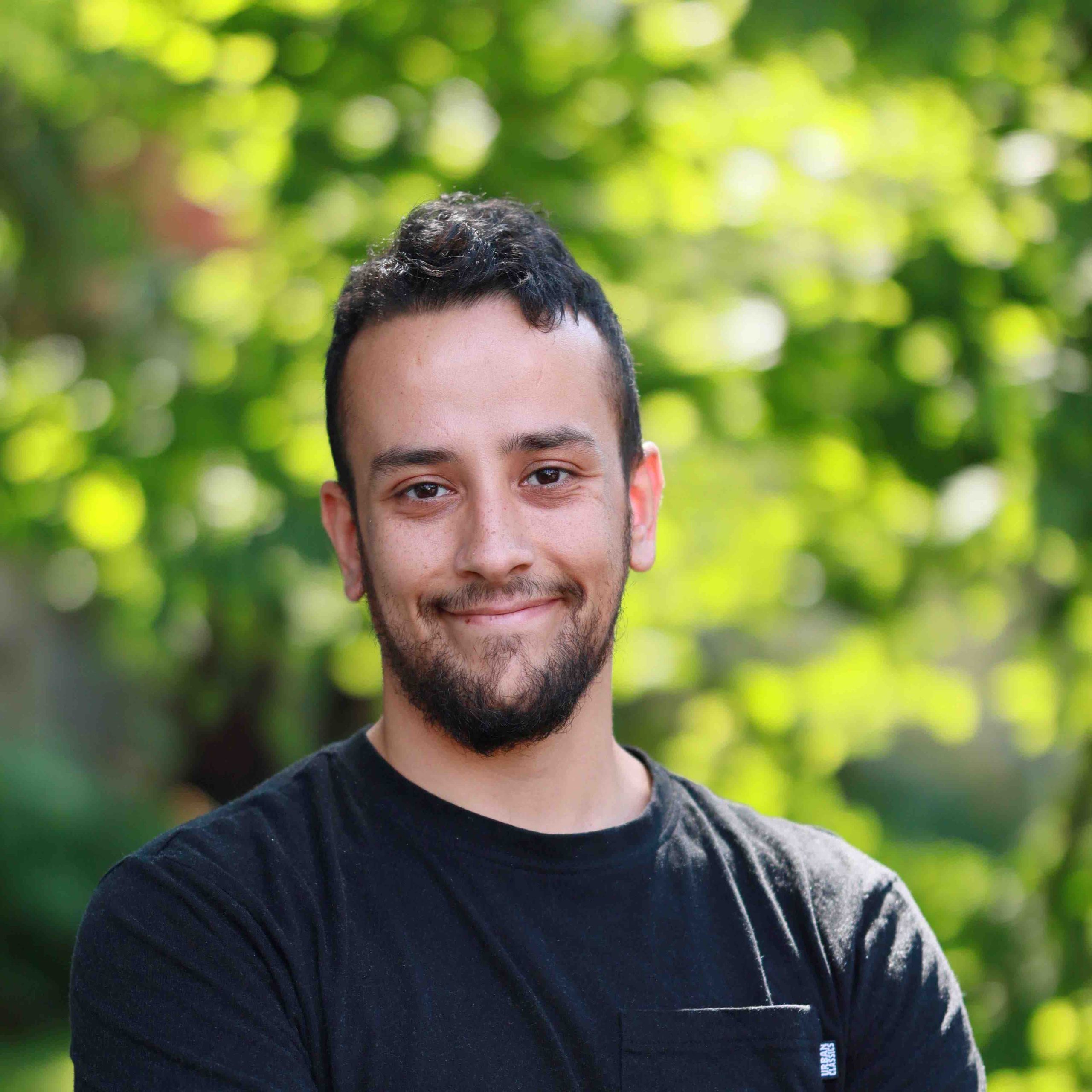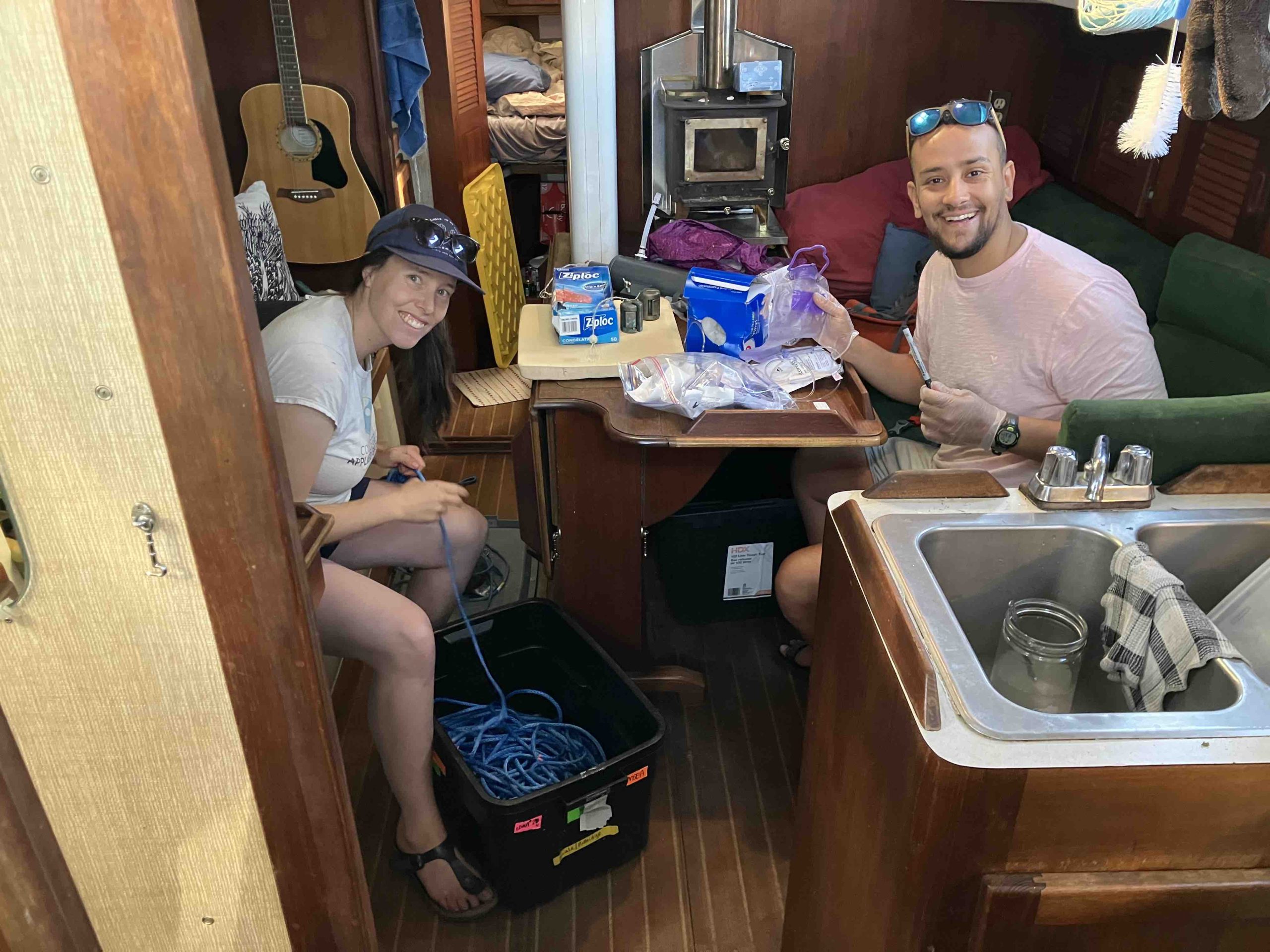Summer Forage Fish News
Over the summer, the forage fish monitoring team has been busy with data analysis, project planning, collaborating with the Coastal Forage Fish Network (CFFN) and monthly field sampling in the Comox Valley and Campbell River. Since May we have had 21 volunteers contribute an incredible 97.5 hours to our local forage fish sampling efforts!
When we are not in the field we have been working on sourcing and building field sampling kits for the ever-expanding forage fish network across the Salish Sea and the west coast. This includes rejuvenating sampling efforts on Quadra Island, and training teams in Vancouver, Ucluelet, Quatsino, and Kyuquot.
On Friday October 25, 2024 the Coastal Forage Fish Network (CFFN) will be launching the inaugural Surf Smelt Day! Surf Smelt Day will bring awareness to forage fish at large and to the elusive surf smelt, Hypomesus pretiosus, a species that has been mysteriously absent from much of its historic range. You can participate in beach surveys to help us search for these absentee fish as part of our forage fish community science team! To sign up, e-mail virginia.east@projectwatershed.ca, visit our website, or call the office for more information.
Our forage fish research team has also been hard at work. We have been working on collating all the environmental DNA results to improve the previously built Pacific sand lance intertidal spawning habitat suitability model (i.e. a detailed, predictive map of spawning habitats). Environmental DNA is bits of DNA left behind in the sand and water by anything living. This can come from scales, slime, eggs or sperm, and urine. All living things leave small traces of their DNA everywhere they go. Scientists can collect soil, water, or even in some cases air, and look for these traces of DNA to identify what species are in the area.
Furthermore, we have launched an exciting new project to identify the feeding hotspots of Pacific Sand Lance (and other forage fish species) in the Canadian Salish Sea. This work will be carried out in similar fashion to the intertidal Pacific Sand Lance habitat mapping initiative, but will be conducted entirely in the pelagic (open ocean) areas. To do so we are collecting eDNA samples from pelagic zones in over 80 areas of the Canadian Salish Sea from July to September of 2024. Mapping the distribution of key forage fish species will provide critical insights for both conservation and restoration efforts.
Information for post provided by:

Virginia East
Citizen Science | Stewardship Coordinator

Sammy Alkhalifa
GEOSPATIAL DATA SCIENTIST


